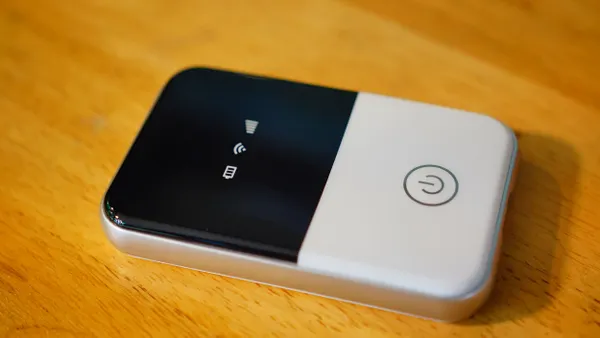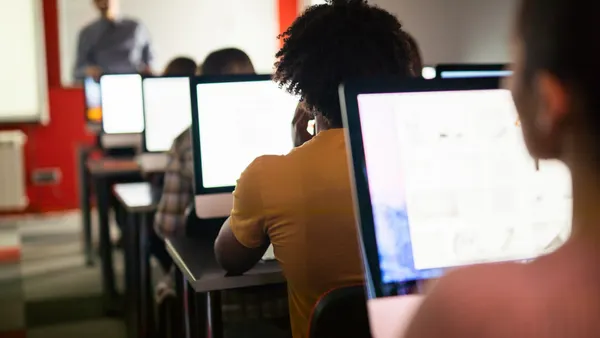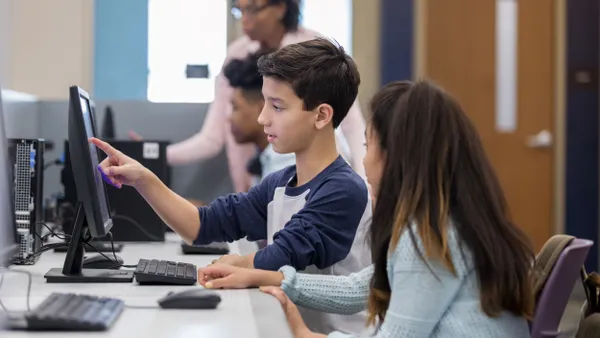Dive Brief:
- Peter Nilsson is teaching his students at Massachusetts' Deerfield Academy how to code through humanities text — which includes rap music, speeches and news stories — by having them use those skills to analyze linguistic details, according to The Hechinger Report.
- More states are adding computer science classes and standards to their curriculum, with 40 states and the District of Columbia now allowing students to take computer science classes and count them as part of their math and science high school graduation requirements.
- To expand access, schools are also looking to weave more computer science skills into other core classes, from music courses where students compose through computer equipment to science classes where they build computer simulations to understand principles.
Dive Insight:
Students learn about subjects using a variety of tools. While books are common place in English language arts classes, students at some schools now use digital readers to not just read, but highlight, annotate and share thoughts on what they’re studying.
Computer coding is just another of these tools — like a pen and paper — that can be woven into any subject in a class. From math to English, students can use programming as a way to delve deeper into the material they’re learning. One of the best ways to learn coding is to give students assignments and tasks that turn the educational component into play.
Students can build a map for a social studies class, learn about decimal placements and their impact, or find similarities between historic and current political texts — all through coding that they write themselves. The process of letting students personally build their own educational tools provides an opportunity to take direct ownership of their learning.
Some great places for coding lessons that curriculum designers and educators can use include Code.org, which offers a number of online courses for students designed for elementary, middle and high school grades. The group also supports teachers with free professional development workshops.
Tynker, which charges for most of its online coding classes, also offers a few free selections for K-8 schools. Codesters also has a free introductory class for Python, and Code by Math has 200 free online lessons teaching students about math, from looking at patterns in Pi to plotting a sine wave.
Anyone who uses a computer today is taking advantage of programming. Understanding how the lines of code that make things happen in your phone, your computer or your smart watch is crucial for today’s students so they can become adults who don’t just consume, but create the future world where they’ll live.






 Dive Awards
Dive Awards





